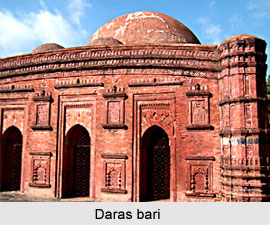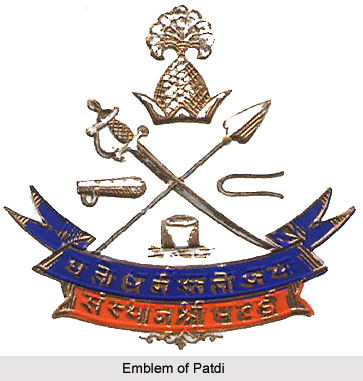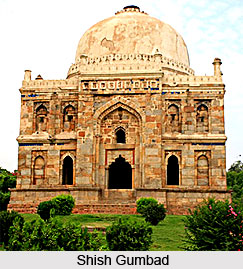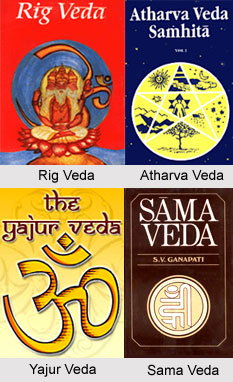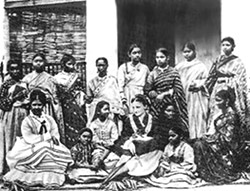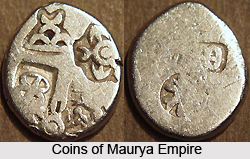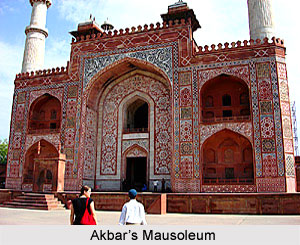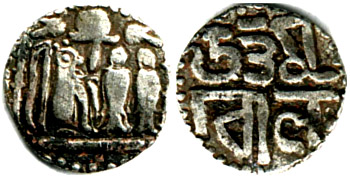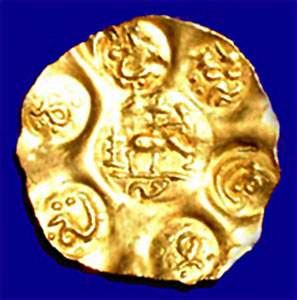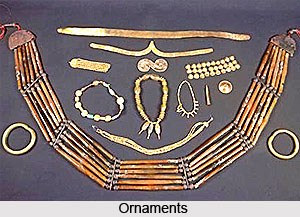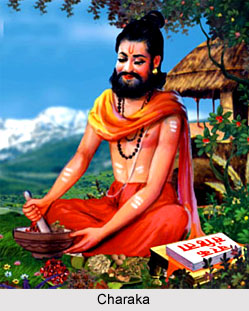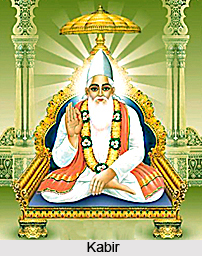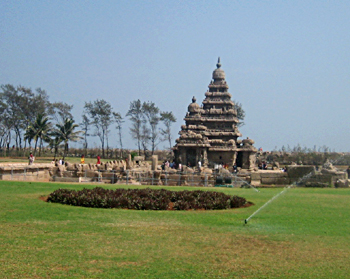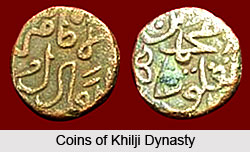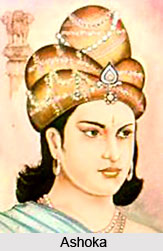Prakrit Lyrics later conceded into Apabhramsa due to the achievements of the Abhiras and the Gurjaras who had flooded India during the invasion of Huns invasions and settled down that affected the culture of India. The Prakrit and Sanskrit Lyric could not have existed without coming into contact. However there is singularly little sign of serious influence on either side in the early period of the development. Prakrit lyric as mentioned in the Sattasai of Hala has a definite character of its own which is not replicated in Sanskrit. However Govardhana in his Saptagati attempts to emulate it.
From the evidence of the Prakrit of Asvaghosha and the inscriptions the weakening of consonants is visible. It can be deduced that the poetry was produced in the period from A.D. 200 to 450 though the date is uncertain. The Sattasai was not a mere anthology; it is a collection of verses largely refashioned by him. It has a spirit of closeness to life and common realities which is not seen in Sanskrit poetry. However, Sattasai cannot be considered folk-poetry. The dialect employed is artificial but it is the work of a poet or poets who wanted really to express the feelings and describe the externals, of the people of the land, the cowherds, girl who tends the garden, the hunter and so on. The prevalent tone is gentle and pleasing. A simple loves set in that is fostered by the seasons. Pathos note is present.
Various forms of Indian love are well depicted: from the real devotion to the domestic joys of wedded life. Village life is also presented. Pictures of nature influenced by love, at times independently are frequently mentioned. One can also find the use of gnomic sayings. Other elements used are fragments, dramatic or epic, or episodes of the folk-tale.
A Prakrit anthology of later period is the Vajjalagga of Jayavallabhs, a Shvetambara Jain, who deliberately collects matter to illustrate the three ends of man. The stanzas are written in Arya metre. Apabhramsa lyric stanzas are given by Hemachandra in order to demonstrate the type of Prakrit which he styles Apabhraricas.


